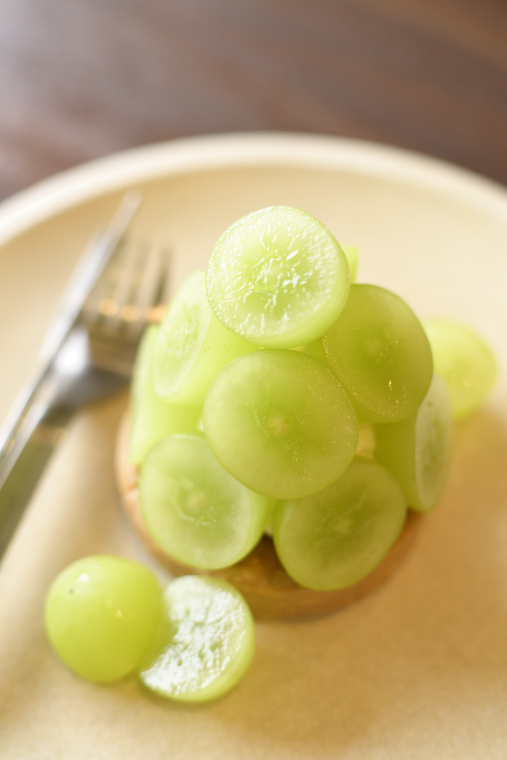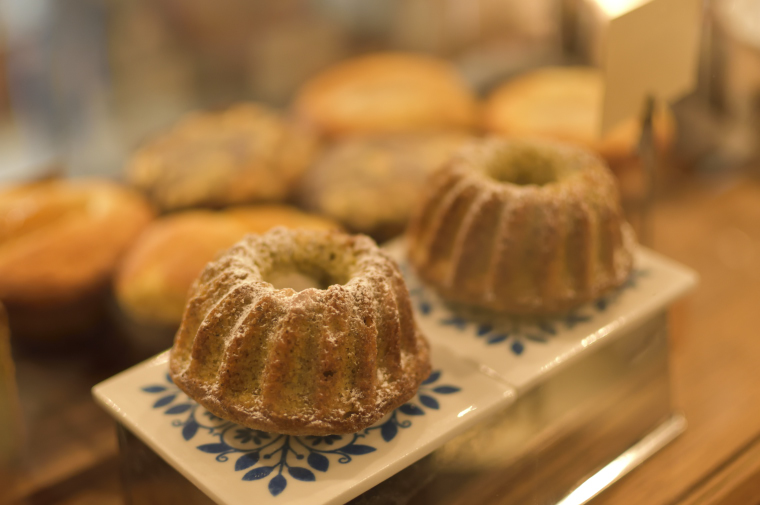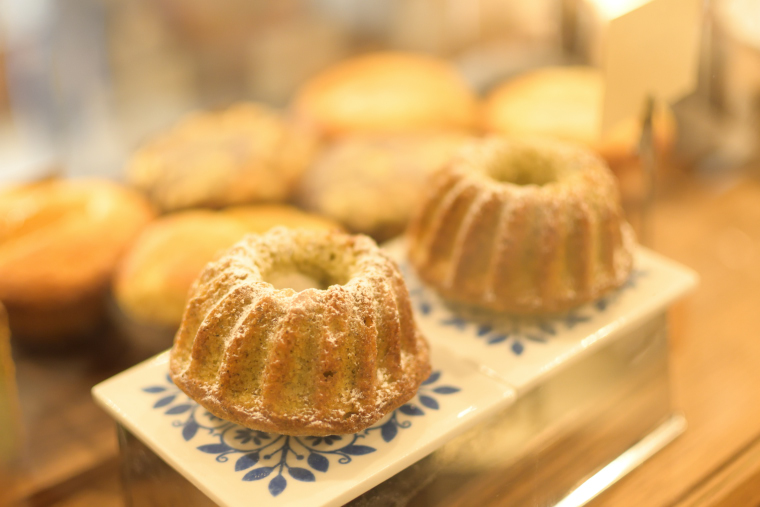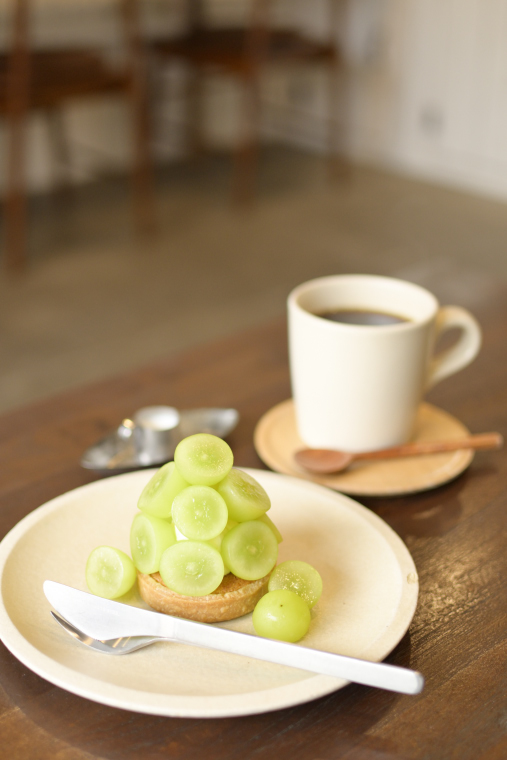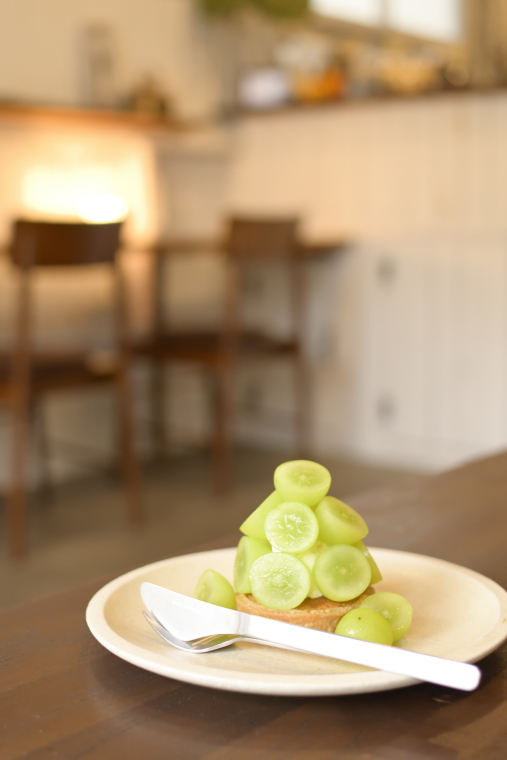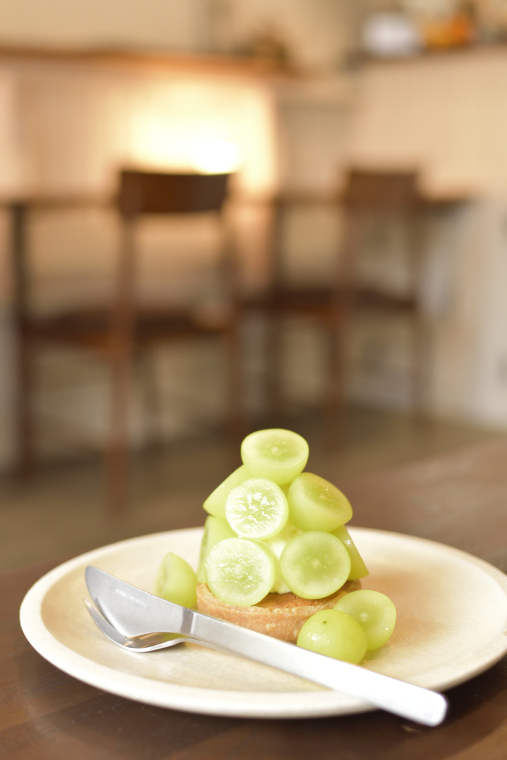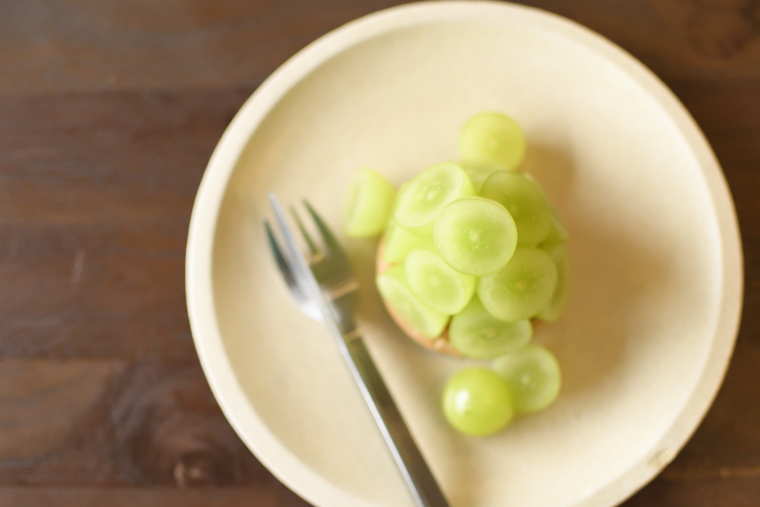Taking Snapshots of Street Scenes with a Standard Prime Lens
Photos/Text: Yuki Mizota
Making Desserts Look Good with a 35 mm Prime
Lens
I visited a café in the district along the
Setagaya Line where they serve exquisite desserts made with seasonal fruits. When
the dessert was brought out and placed before me I was struck by the beauty of the
sliced fruit, so I rotated the plate so that the slices would reflect the light, selected
my angle, and took a photograph, choosing a low f/-number to blur the background and
draw attention to objects at the focus point. Careful focus and a simple, open composition
emphasize the succulent, juicy feel of the fruit so that the viewer can appreciate
how delicious it is (Sample Photo 1).
The visual appeal of food is subjective and varies from person to person, and the effect can be altered by varying exposure compensation. Try choosing positive values for a brightness that makes the food look delicious to you (Sample Photos 2 and 3).
After photographing the dessert I was in a mood to start eating, but I also wanted to mark the occasion with a photo that communicated the stylish atmosphere of the café. I drew back to get the table in the frame, but something was lacking, so I arranged a cup of coffee and a milk jug around my subject. Placing these objects off to one side rather than directly behind my subject produced a better balance and kept the composition tidy despite the presence of multiple objects. Placing the plate farther away than I would while dining also made it easier to take the photograph (Sample Photo 4).
Because the background to Sample Photo 4 was mostly brown, I changed to a low angle to get more of the café’s interior space in the frame, using the white walls and bright light to help make the photo feel lighter. The fruit tart was so photogenic that I took the coffee away to simplify the composition. Including distant objects in the background behind the table gives the photo a sense of space and depth. Changing the distance between the subject and the background can make a considerable difference to the feel of a photograph, and choosing a background is an important element of composition (Sample Photos 5, 6, and 7).
On closer examination, I realized that just looking at the tart’s thickness and the shape of the rounded mound of fruit provided a satisfying sense of volume. Choosing a low angle gives viewers a sense not only of the café’s atmosphere but also of the volume and height of the dessert (Sample Photos 5, 6, and 7). On the other hand, shooting directly from above turns the table into a wall and simplifies the composition of the plate. Using bokeh to good effect to lend depth to the mound of fruit adds mystery for an extremely stylish, photogenic shot (Sample Photo 8).
The key to dessert photos is to work the low angles until you find one that gives viewers a sense of the food’s delicious flavor. Choose your focus point carefully and use low f/-numbers to blur backgrounds and lend depth both to your subject and to the photo as a whole. A 35 mm prime lens like the AF-S DX NIKKOR 35mm f/1.8G not only blurs backgrounds more effectively than a standard zoom lens, but it also gets you closer to your subject than you might imagine, allowing you to take photos from a sitting position without tying yourself in knots. I recommend that you sometimes try taking photos in your favorite café, although it goes without saying that you should try not to make a nuisance of yourself.
Tips: Taking Snapshots with
a Standard Prime Lens
Tips: Taking Snapshots with
a Wide-Angle Zoom Lens
Tips: 35 mm/Wide-Angle
Zoom Lenses—Flowers and Farmyards
Tips: 35 mm/Wide-Angle
Zoom Lenses—Street Scenes
Thanks to: aminchi


